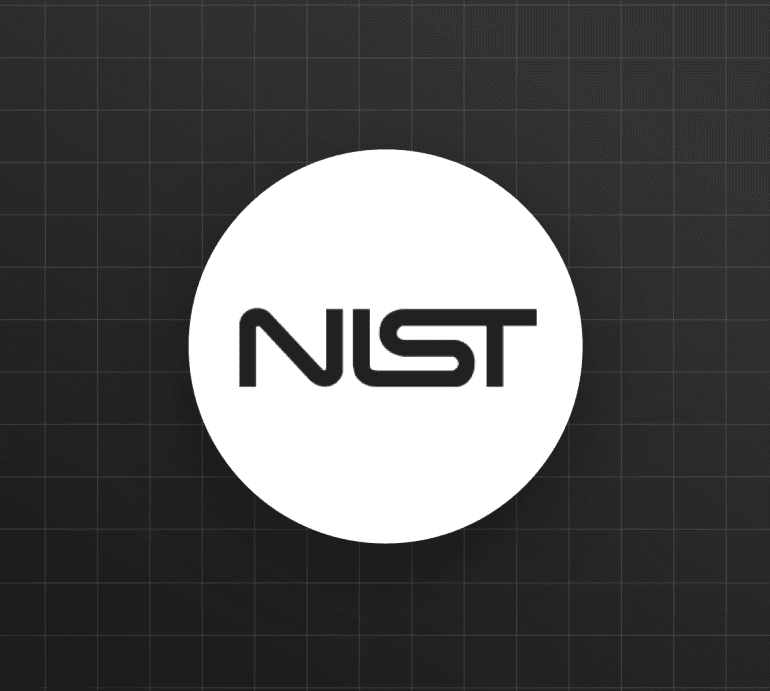- NIST introduces ARIA program to improve testing and evaluation of AI.
- ARIA aims to assess AI’s capabilities and impacts for validity, reliability, safety, security, privacy, and fairness.
- U.S. Commerce Secretary and NIST Director emphasize the importance of realistic scenario testing for understanding AI impacts.
- ARIA expands on AI Risk Management Framework to develop new methodologies and metrics for quantifying AI risks and impacts.
- Program lead highlights ARIA’s holistic approach to assessing AI beyond the model and in real-world contexts.
- ARIA outcomes will inform NIST and U.S. AI Safety Institute’s efforts to establish safe and trustworthy AI systems.
Main AI News:
The National Institute of Standards and Technology (NIST) has unveiled a groundbreaking initiative aimed at bolstering the testing, evaluation, validation, and verification (TEVV) processes for artificial intelligence (AI). Named the Assessing Risks and Impacts of AI (ARIA) program, this endeavor marks a significant step towards enhancing our understanding of AI’s capabilities and societal implications.
With AI technologies increasingly permeating various aspects of our lives, ensuring their validity, reliability, safety, security, privacy, and fairness upon deployment becomes paramount. ARIA addresses this need by empowering organizations and individuals to ascertain the suitability of AI technologies for real-world applications.
U.S. Commerce Secretary Gina Raimondo emphasized the importance of comprehensively assessing AI’s impacts on society, stating, “In order to fully understand the impacts AI is having and will have on our society, we need to test how AI functions in realistic scenarios — and that’s exactly what we’re doing with this program.“
Under Secretary of Commerce for Standards and Technology and NIST Director Laurie E. Locascio underscored ARIA’s pragmatic approach, noting, “This new effort will support the U.S. AI Safety Institute, expand NIST’s already broad engagement with the research community, and help establish reliable methods for testing and evaluating AI’s functionality in the real world.”
Building upon the AI Risk Management Framework released by NIST in January 2023, ARIA aims to operationalize the framework’s risk measurement function. By developing innovative methodologies and metrics, ARIA will enable the quantitative and qualitative analysis of AI risks and impacts, providing insights into how AI systems maintain safe functionality within societal contexts.
Reva Schwartz, the ARIA program lead at NIST’s Information Technology Lab, highlighted the program’s holistic approach to impact measurement, stating, “ARIA will consider AI beyond the model and assess systems in context, including what happens when people interact with AI technology in realistic settings under regular use. This gives a broader, more holistic view of the net effects of these technologies.”
The outcomes of the ARIA program will not only inform NIST’s initiatives but also contribute to the broader efforts of the U.S. AI Safety Institute to establish the foundation for safe, secure, and trustworthy AI systems. Through ARIA, NIST is poised to play a pivotal role in advancing sociotechnical testing and evaluation practices, thereby facilitating the responsible development and deployment of AI technologies.
Conclusion:
The launch of the ARIA program by NIST signifies a significant advancement in the evaluation and validation of AI technologies. By focusing on realistic scenario testing and developing new methodologies, ARIA aims to address critical aspects such as safety, security, and fairness in AI deployment. This initiative underscores the growing recognition of the need for comprehensive evaluation frameworks to mitigate risks and maximize the benefits of AI in the market. Businesses should take note of these developments and consider integrating such evaluation practices into their AI strategies to ensure the responsible development and deployment of AI technologies.

